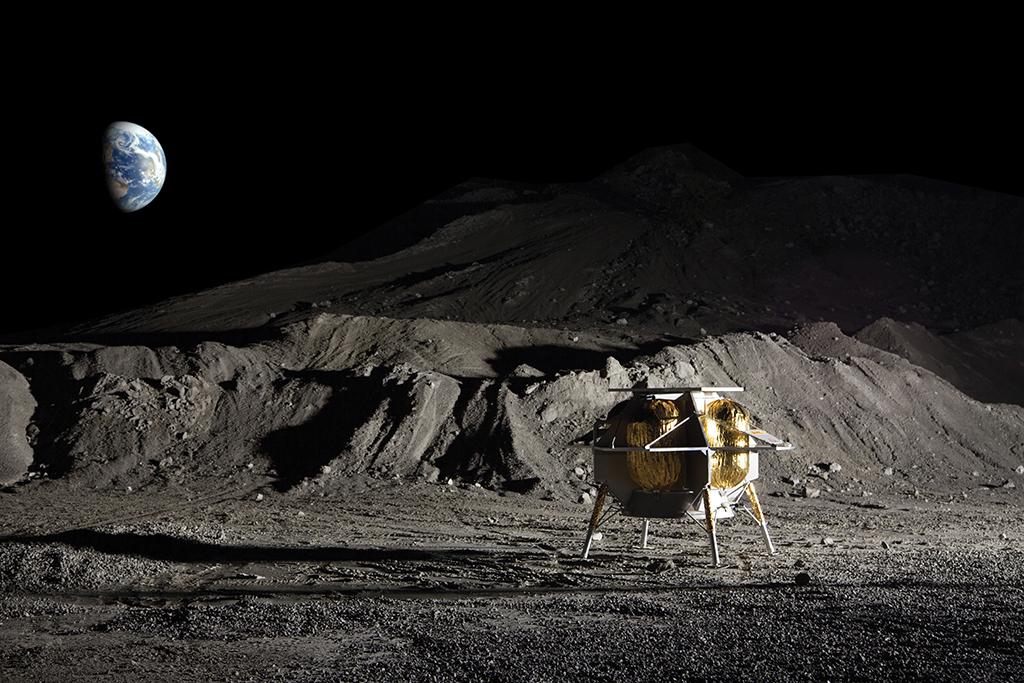
Commercial Lunar Landers
The first two landers under NASA’s Commercial Lunar Payload Services initiative—Astrobotics’ Peregrine (pictured in concept image) and Intuitive Machines’ Nova-C—are scheduled to touch down on the Moon’s surface in 2021. NASA has 14 companies on contract to deliver science experiments and technology demonstrations to prepare for human lunar missions beginning in 2024.
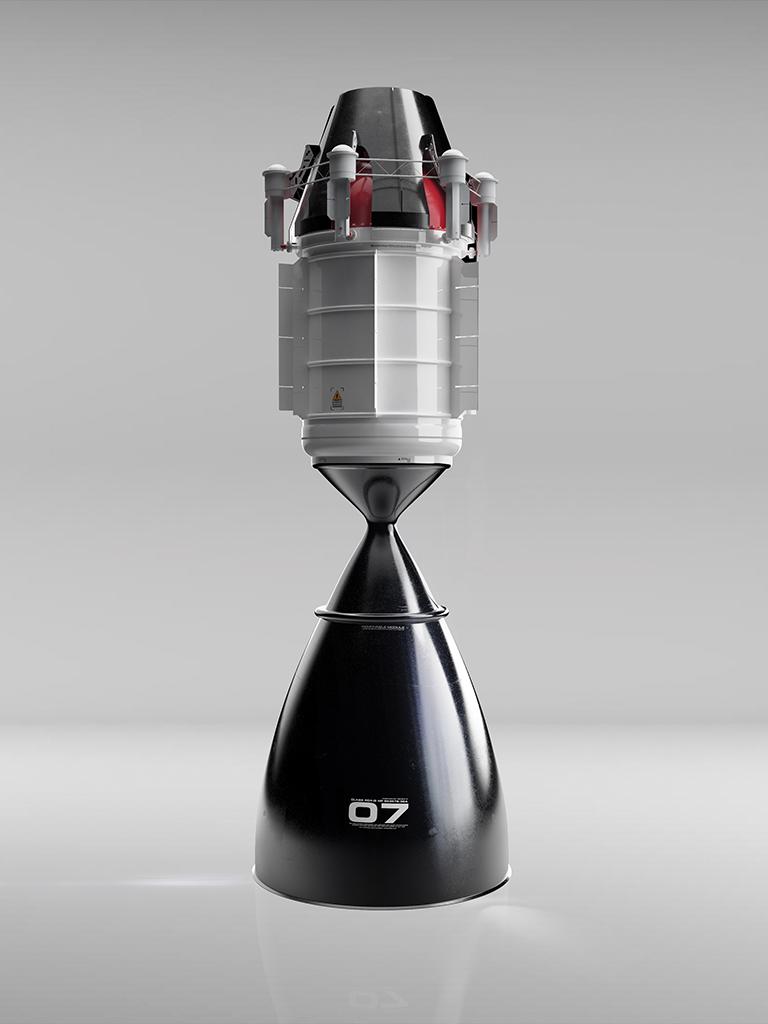
Space Nuclear Power
With renewed NASA interest in nuclear propulsion for faster deep-space missions, Ultra Safe Nuclear Technologies has proposed a nuclear-thermal propulsion flight demonstration using a safe fuel made from particles of high-assay low-enriched uranium encapsulated in zirconium-carbide ceramic. Specific impulse is more than twice that of chemical rockets.
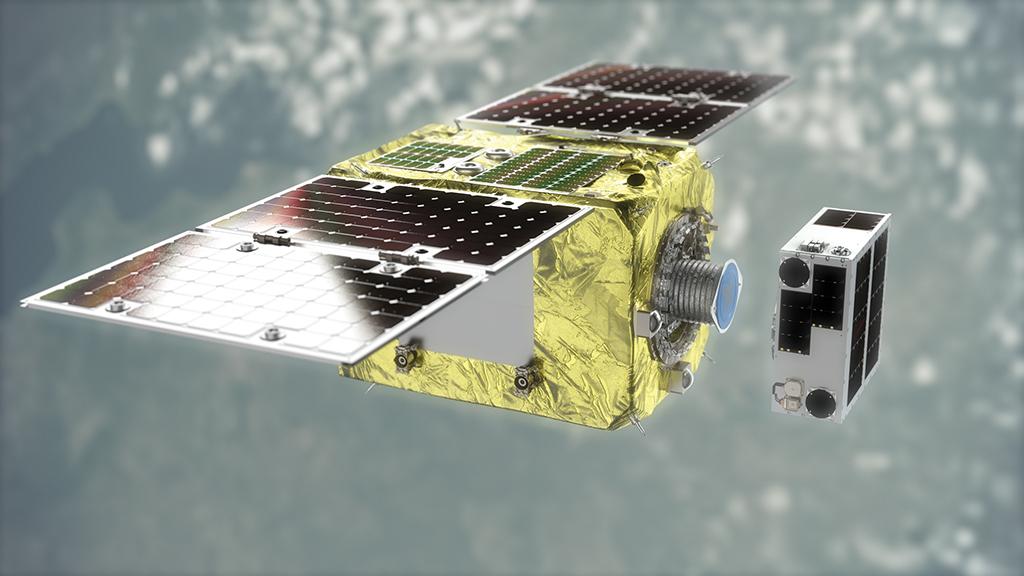
Orbital Debris Mitigation
With proliferating megaconstellations and increasing surveillance fueling concerns about collisions creating orbital debris and endangering satellites, Astroscale will launch its ELSA-d end-of-life services demonstration mission in March 2021. The servicer and client satellites plan to demonstrate capture techniques needed to remove defunct objects from orbit.

Cryogenic Fluid Management
NASA in October 2020 awarded four contracts totaling $256 million for in-space demonstrations of technologies for long-term storage and transfer of high-energy cryogenic propellants—whether launched from Earth or produced in space—essential for establishing a sustainable presence on the Moon and enabling crewed missions to Mars.
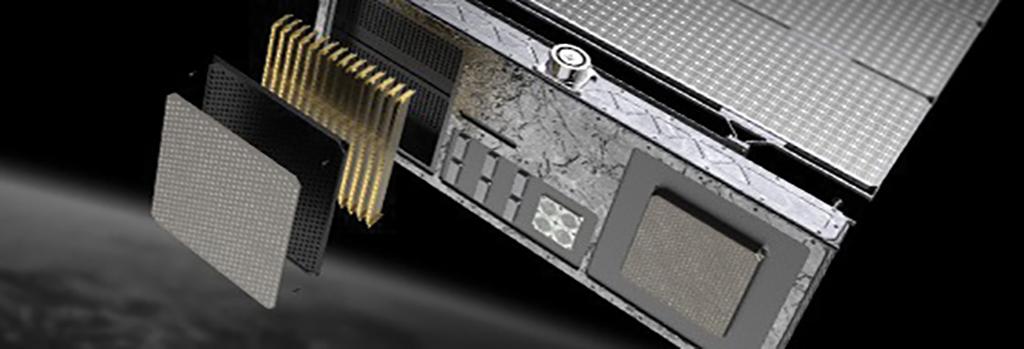
Reconfigurable Satellites
Hypergiant Industries is working with the U.S. Air Force to field a low-Earth-orbit constellation that can be retasked between imaging and communications within minutes, enabled by machine learning. CesiumAstro in 2021 will launch a cubesat with an active, phased-array antenna and software-defined radio able to produce steerable, shapable beams dynamically.
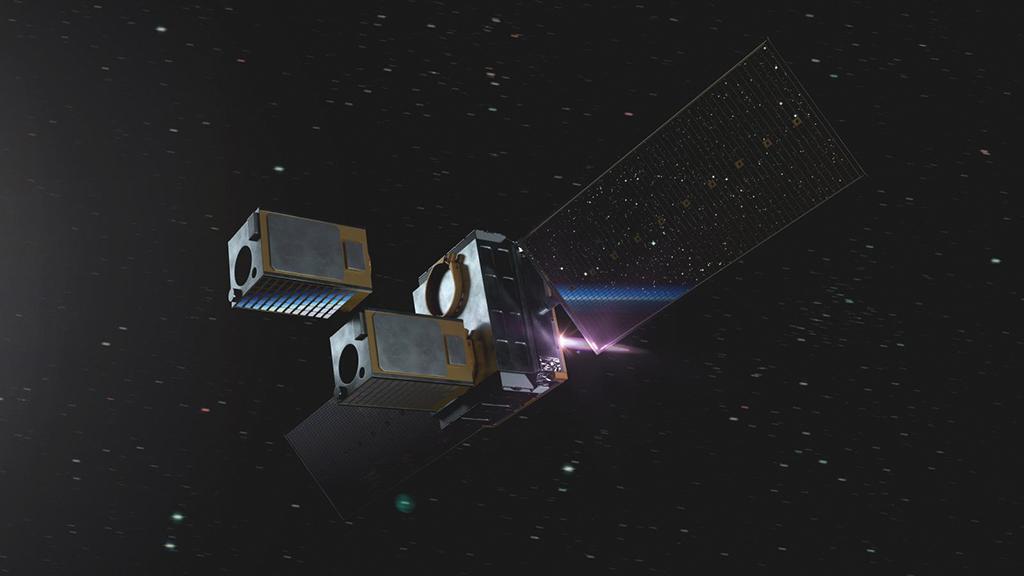
Orbital Transfer Vehicle
Ride-sharing reduces the cost of launching constellations but exacerbates the challenge of deploying satellites with limited maneuverability to reach their correct orbits. This is creating a market for orbital transportation services such as Momentus’ Vigoride. A demonstration mission is planned for January 2021, with a robotic arm to be added in 2022 to grab and move a satellite.
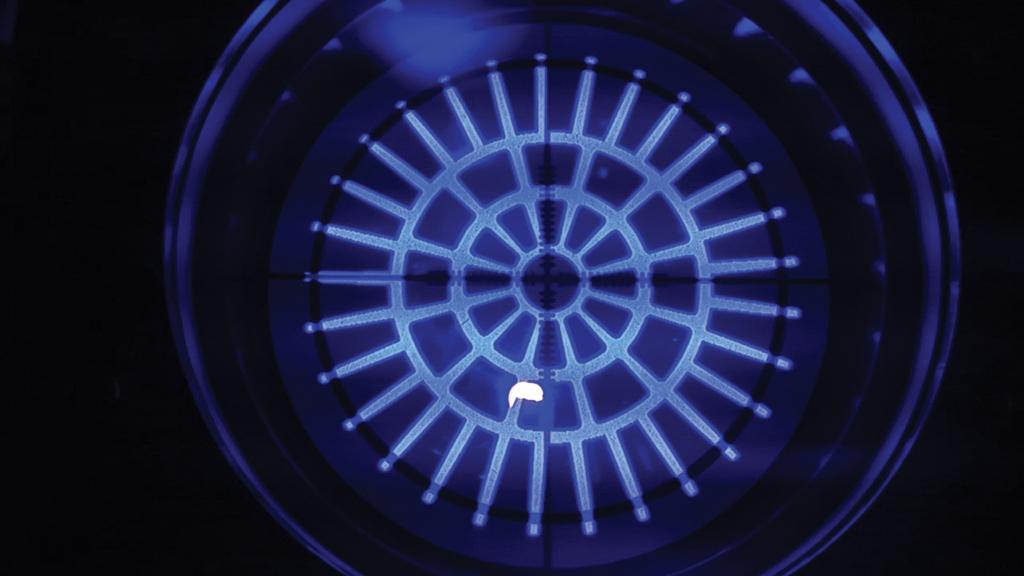
In-Space Manufacturing
With the 2020 milestone of 3D printing of a ceramic component in orbit, manufacturing in space is advancing to support sustained operations on the Moon. Redwire subsidiary Made in Space produced the ceramic turbine blisk on the International Space Station. It plans a mission in 2022 to manufacture spacecraft booms in orbit as a step toward in-space resource utilization.
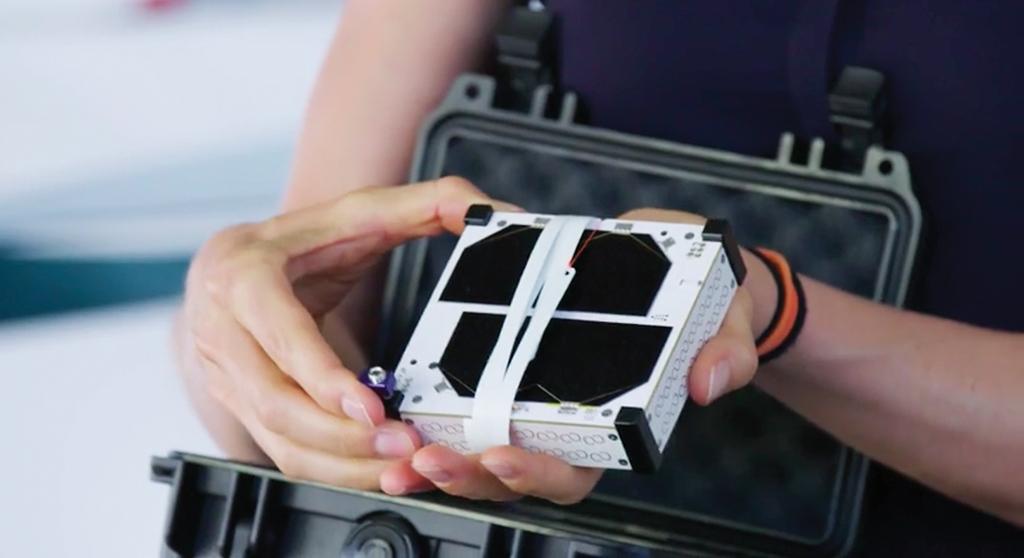
Internet of Things Satellites
Nanosatellite constellations for low-cost global Internet of Things connectivity are growing, but the satellites are shrinking. Swarm Technologies in September 2020 launched 12 of its hardback-book-sized SpaceBee nanosats, beginning deployment of a 150-satellite constellation to provide global two-way data communications at $5 a month per connected device.
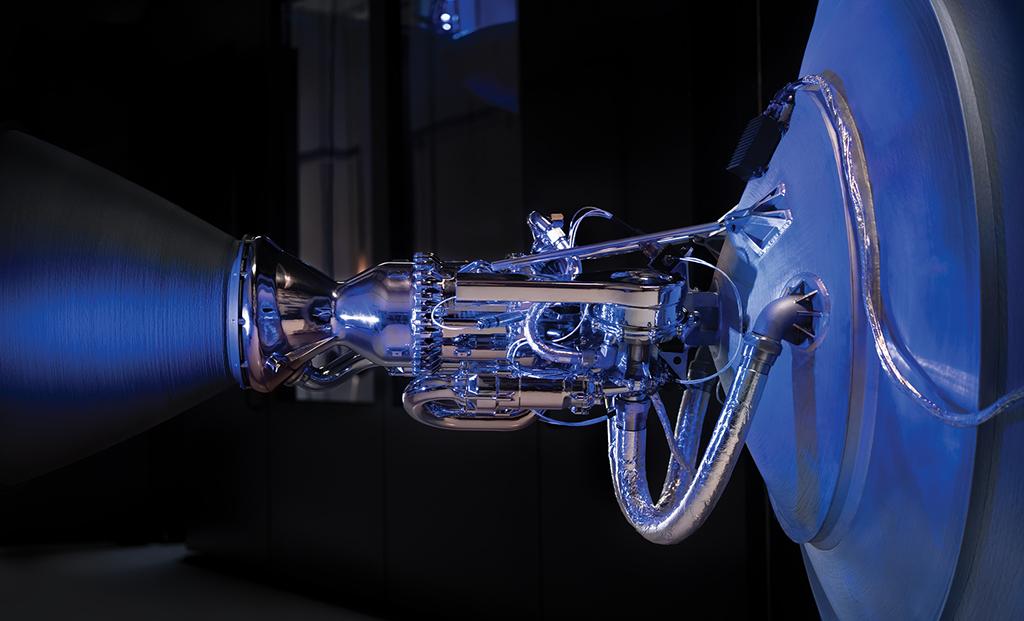
Additive Manufacturing
Relativity Space’s goal of additively manufacturing almost entire launch vehicles took a step forward with a full-duration firing of its Aeon 1 rocket engine in November. The firing has kept the startup on a path to test-fly its Terran 1 smallsat launcher in 2021, ahead of commercial service in 2022 at $12 million a flight.
A dramatic shift toward commercial space missions, including those supporting the return of humans to the Moon, is fueling a flood of new technologies entering the market
